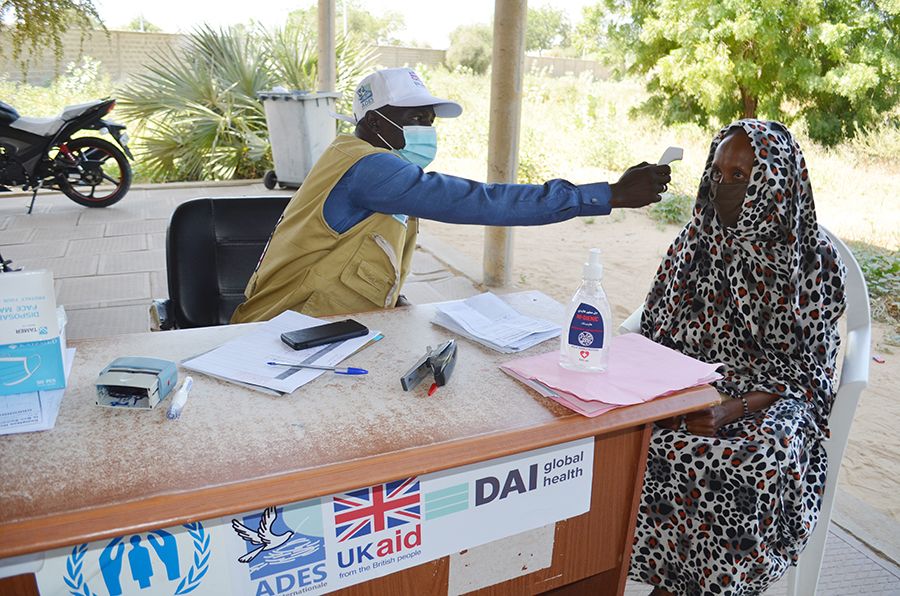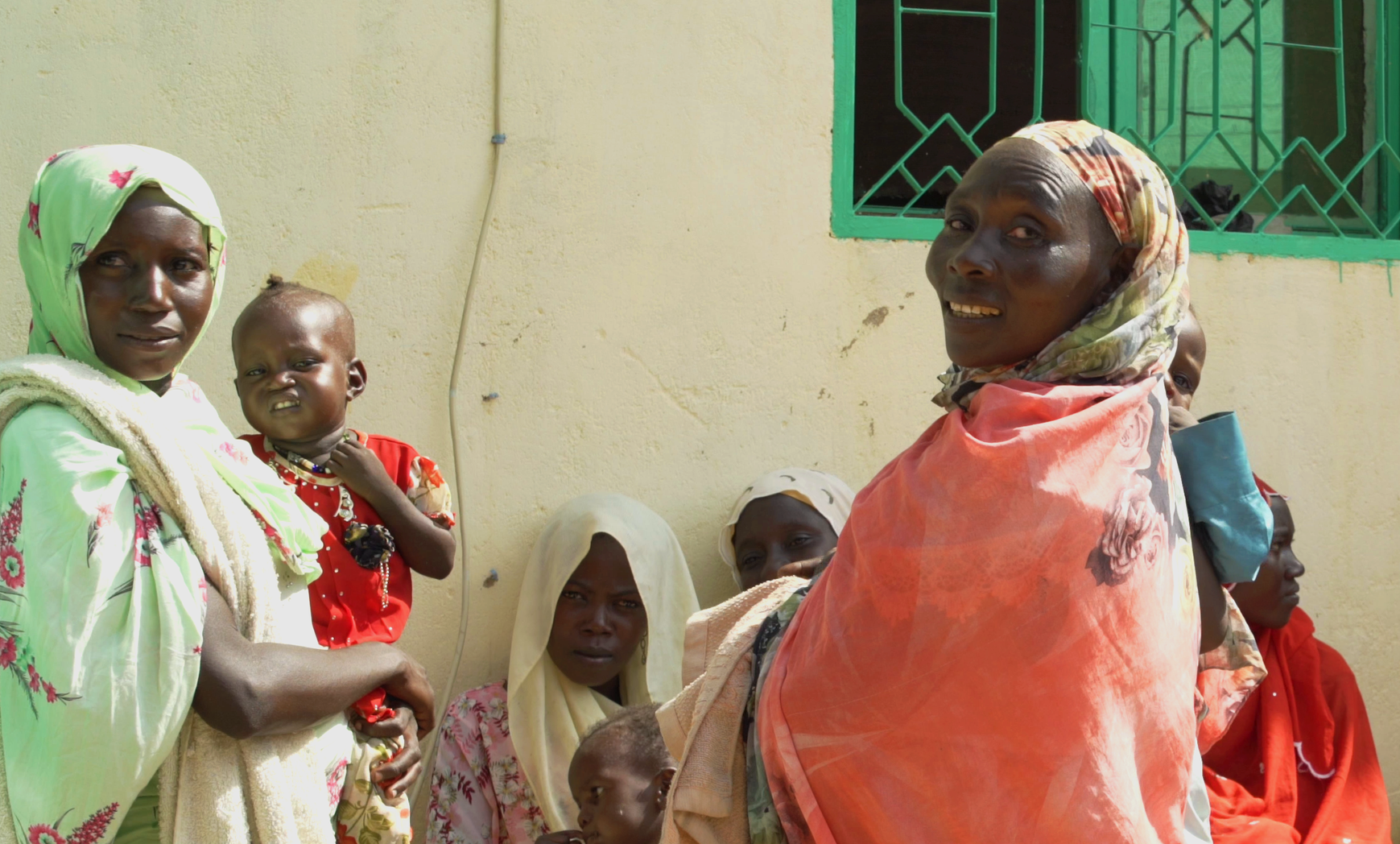This blog originally appeared in Science Speaks.
When the sickness and deaths subside, when ventilators and face masks are back in storerooms, when health workers don’t fear for their lives as they work, and when families and friends gather once again, what will be the lesson we have learned?
From the wealthiest countries to the poorest, COVID-19, the disease caused by the novel coronavirus has laid bare our common vulnerability to a threat we can’t see, an enemy that is not ideological. And it has revealed that our most useful weapon can’t be manufactured for profit or hoarded only for the few. Our most useful weapon is accurate information based on high-quality data, plus sound governance to wield those data for the good of all. Where data were available and used, lives have been saved. Where absent, people have suffered in great and preventable numbers.
Will we, then, when our economies recover, insist on investing in strong health information systems in the interest of protecting our health and the health of future generations who will face the pandemics to come?
The capacity for a country’s health information systems to rapidly predict, identify, test, treat, and monitor health outcomes among people infected with or exposed to COVID-19, will be seen as the differentiator among country responses. So far, we have seen that health information systems even in developed infrastructures in the United States, Asia, and Europe were not yet able to perform all these functions.
A strong health information system puts reliable, timely information into the hands of people who will use it for decision making. This ought to be possible in the current emergency of the COVID-19 pandemic and on a daily basis in routine healthcare settings. Strong health information systems enable people to test, diagnose, quarantine, and manage cases; exchange information, analyze data, and rapidly share results of those analyses—all essential steps to create an effective pandemic response. Health information systems are the combined power of national diagnostic networks, laboratory systems, supply chains, and surveillance mechanisms working together.
We write from the perspective of decades of work in low-resource settings. DAI works in economic growth, environment, fragile states, and global health. MEASURE Evaluation, funded by the U.S. Agency for International Development (USAID), works in health information systems and disease-specific interventions for HIV, maternal and child health, tuberculosis, and malaria, among others.
We know there is no way to adequately respond to a pandemic without good data. So, what actions are needed—post-COVID-19—to set up the health information systems needed for the future?
Health Information Systems Maturity
We will need to develop an appetite to invest and reinvest to achieve excellent health information systems.
Health information systems around the world are at different stages of maturity in their ability to capture routine data as healthcare providers, health program managers, researchers, and community health workers interact with clients. Only the most mature health information systems also effectively share those data among staff working on digital health systems and up the chain to policymakers to facilitate data use and data sharing. And the best health information systems are invested in and continually allocated resources of trained professionals and adequate funding.
Surveillance and Diagnosis
Countries will need to invest in strengthening digital surveillance of diseases and emerging threats.
USAID has invested in several global goods, available in Digital Square’s guidebook. These are being deployed to track and monitor COVID-19 cases across the world.
Many existing digital health applications, such as Dimagi’s CommCare and the University of Oslo’s District Health Information Software, version 2 (DHIS2) platform and its DHIS2 tracker, enable countries to quickly capture and analyze testing data to act on positive cases and implement strategies to prevent community spread. This works best if the information system architecture is flexible, so that modules on COVID-19 or other emerging diseases can be easily incorporated, populated, and the data shared.
Looking Ahead
For today, we are still scrambling to deal with this pandemic and our worst days are likely ahead. No doubt, the global health community will leverage its experience and expertise gained from SARS, Zika virus, and the Ebola epidemic to fight COVID-19.
Let us therefore set an alert that when the worst is past, we will muster the will to remember and to urgently invest in building health information system capabilities across the globe to continue this fight and those to come.





